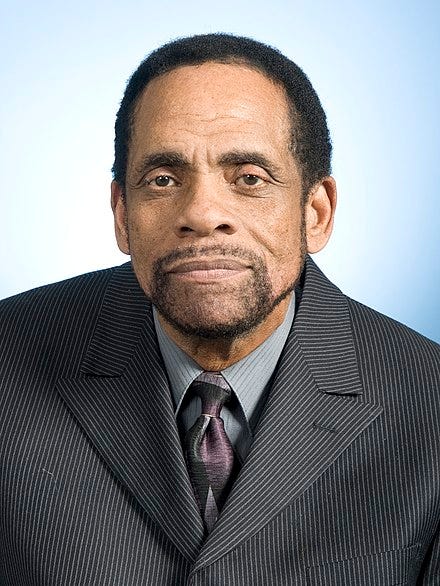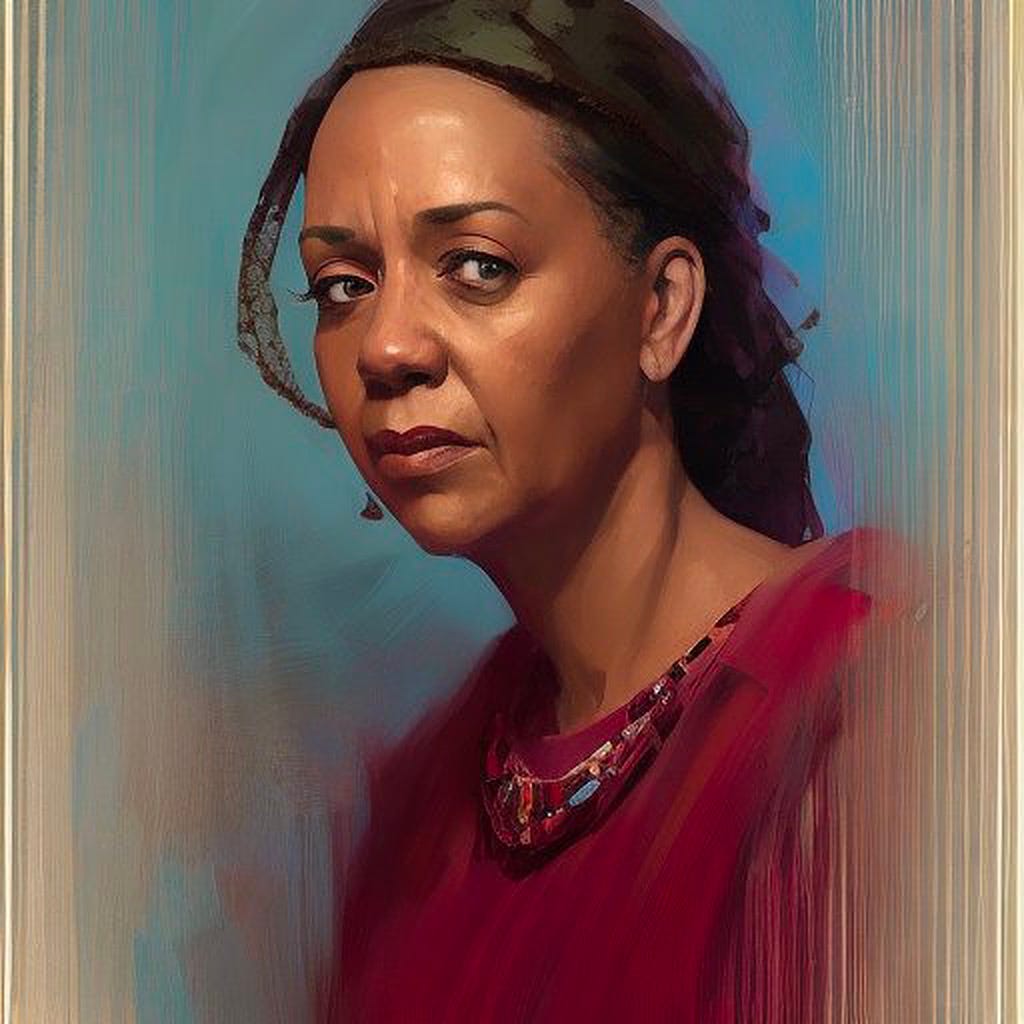Today In Black History: Dr. George Edward Alcorn, Jr.
Physicist, Engineer, Inventor, and Professor
Issue #663 Today In Black History, Thursday, July 11, 2024
Help us to reach our July 2024 goals: +100 total new subscribers, including +15 paid subscribers:
Please share and subscribe to help us grow our publication.
If you like us, REALLY like us, please click the “Like” button at the end of this post!
Also, please scroll to the end of this post for other ways to financially support us and We Are Speaking with our books and courses.
We appreciate your support!
Today’s Black History WOW!
George Edward Alcorn, Jr. was born on March 22, 1940, in Indianapolis, Indiana. He excelled in mathematics and science, which earned him a scholarship to Occidental College in Los Angeles, California. There, he graduated with a Bachelor of Science degree in Physics in 1962. His academic journey continued at Howard University, where he received his Master's degree in Nuclear Physics in 1963 and a Ph.D. in Atomic and Molecular Physics in 1967.
He is an American physicist, engineer, inventor, and professor. He taught at Howard University and the University of the District of Columbia and worked primarily for IBM and NASA. He has over 30 inventions and 8 patents resulting in his induction into the National Inventors Hall of Fame in 2015.
George Edward Alcorn, Jr.'s career is marked by innovation and groundbreaking research:
Dr. Alcorn's early research focused on various aspects of atomic and molecular physics. He conducted crucial work on rare-earth elements, which later found applications in various fields including materials science and laser technologies.
One of Dr. Alcorn's most notable career chapters happened at NASA's Goddard Space Flight Center, where he made substantial contributions as a physicist. His work on X-ray spectroscopy was particularly influential, advancing our understanding of the cosmos.
Dr. Alcorn holds more than 8 patents, with his most famous invention being the "Imaging X-ray Spectrometer," patented in 1984. This innovation significantly enhanced the ability to capture high-precision images of distant celestial objects, propelling both space exploration and astronomical research forward.
Beyond his research, Dr. Alcorn is deeply committed to education. He served as a professor at Howard University and other institutions, mentoring countless students and encouraging the next generation of scientists from diverse backgrounds.
Over his career, Alcorn received numerous awards, including the NASA Exceptional Achievement Medal, which underscores his profound contributions. He was also inducted into the National Inventors Hall of Fame, highlighting his lasting impact on technology and science.
Today In Black History
In 1766, Olaudah Equiano, who wrote one of the earliest accounts of traveling on a slave ship on the Middle Passage, bought his freedom from a Quaker merchant in Philadelphia.
In 1905, Black intellectuals and activists, including Dr. W.E.B. DuBois and William Monroe Trotter, organized the Niagara Movement, the forerunner of the NAACP. They demanded the abolishment of all distinctions based on race.
In 1954, the 1st White Citizens Council was organized in Indianola, Mississippi.
In 1960, the African nations of Ivory Coast, Dahomey, Upper Volta, and Niger declared their independence.
In 1963, South African ANC members, Walter Sisulu, Andrew Mlageni, and Goven Mbeki were arrested.
In 1977, the U.S. Medal of Freedom was posthumously awarded to Rev. Dr. Martin Luther King, Jr.
In 1992, Independent presidential candidate Ross Perot spoke at an NAACP speech, calling the attendees “you people.”
In 2000, Rev. Dr. Vashti Murphy McKenzie became the first female bishop of the African Methodist Episcopal (AME) Church. She is the granddaughter of Vashti Turley Murphy, one of the 22 founders of BGLO (Black Greek Letter Organization) Delta Sigma Theta Sorority, Inc.
Our paid subscribers are encouraged to discuss this post in our W.A.S. Chat Community.
Join Pamela Hilliard Owens’s subscriber chat
Available in the Substack app and on the web
You are also welcome to view “We Are Speaking” in Substack Notes. You can also read other Substack publications without subscribing to them when you join Notes.
This post is free to read for three days. To have access 365/24/7 to our full archive, comment on our posts, and financially support “We Are Speaking” for no more than $5 per month, please subscribe at the paid level.







